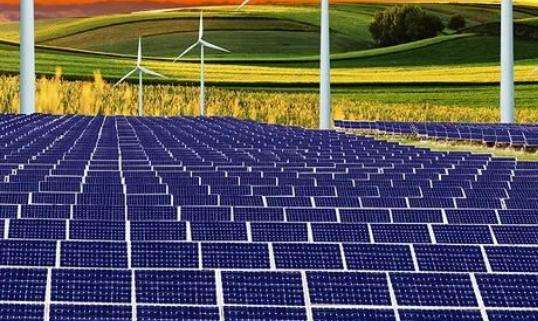Reasons for the car's alternator not generating electricity include the alternator overheating and abnormal behavior, such as the charge light on the instrument continuing to illuminate while the engine is running or normal driving.
(1) The generator does not operate according to the specified technical conditions. If the stator voltage is too high, iron loss increases; the load current is too large, the copper loss of the stator winding increases; the frequency is too low, causing the cooling fan to slow down, affecting the heat dissipation of the generator; the power factor is too low, which increases the rotor excitation current and causes the rotor to heat up. Check whether the indication of the monitoring instrument is normal. If this is abnormal, necessary adjustments and treatments should be made to operate the generator according tothe specified technical conditions.
(2) The three-phase load current of the generator is unbalanced, and the overloaded single-phase winding will overheat if the difference between the three-phase current exceeds 10% of the rated current; This is a serious phase current imbalance. Unbalanced three-phase current will produce a reverse magnetic field, thereby increasing losses and causing heating of components such as pole windings and ferrules. The three-phase load must be adjusted to keep the current in each phase as balanced as possible.
(3) The air duct is clogged with dust and the ventilation is poor, making it difficult for the generator to dissipate heat. Dust and grease in the air duct must be removed so that the air duct is not clogged.
(4) Inlet air temperature is too high or inlet water temperature is too highand the cooler is blocked. The inlet air or water temperature must be lowered to eliminate blockage in the cooler. Before the fault is cleared, the generator load must be limited to reduce the generator temperature.
(5) Too much or too little grease is added to the bearing. Grease should be added according to regulations, generally 1/2 ~ 1/3 of the bearing chamber (the upper limit is used for low temperatures). speed, and the upper limit is used for high speed). lower limit), and must not exceed 70% of the bearing chamber.
(6) Bearing wear. If wear is not significant, the bearing may overheat locally; if wear is severe, the stator and rotor may rub against each other, causing the stator and rotor avoidance parts to overheat. Bearings should be checked for noise. If frictionbetween the stator and rotor is detected, the machine must be stopped immediately for maintenance or replacement of the bearings.
(7) The insulation of the stator core is damaged, causing a short circuit between the parts, causing an increase in local eddy current loss in the core and heat generation. In severe cases, the stator winding. be damaged. The machine must be stopped immediately for maintenance.
(8) The parallel wire of the stator winding is broken, causing an increase in current in the other wires and generation of heat. The machine must be stopped immediately for maintenance.
(Images/Text/Photos: Shi Lili) @2019
The reasons for the increase in temperature of various parts of the generator are as follows:
> < /p>
p>
1. The three-phase stator current is unbalanced
2. Cooling water ; the pressure, the debit and temperature are abnormal;
3. The air path of the generator is blocked or the water in the air cooler is cut off. The water temperature is too high. , causing abnormal air temperature;
4. Long-term overload.
The treatment method when the above reasons occur is as follows:
1. Strictly monitor the current of the three-phase statorThe imbalance must not exceed the regulation;
2. Adjust the pressure, flow and temperature of the internal cooling water system; p> 3. If air enters the rotor coil and reduces the cooling water flow, the abnormal temperature increase should be stopped.
4. Increase the amount of water in the rotor; air cooler or pour it into additional water.














